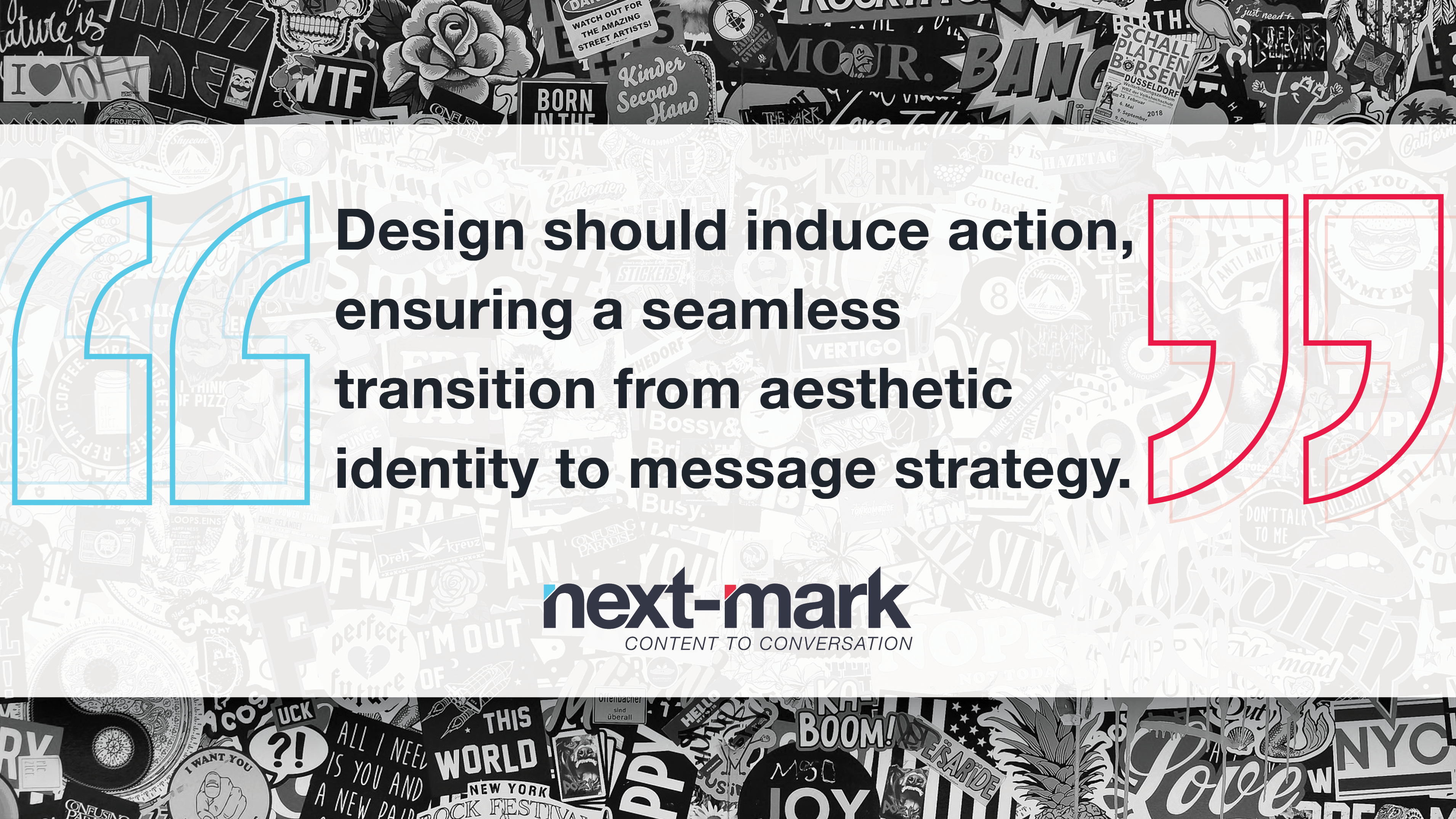
Are you considering an image refresh for your company? Rebranding can benefit organizations of all sizes, signifying evolution and intent. Whether you want to change the perception of your brand, attract a new audience or simply increase sales, make sure your efforts are strategic. Although image updates can be time-intensive and costly, if executed correctly your efforts will pay off in the long run. Before you rush into a rebrand, it’s important to ask yourself these questions:
Is your target market changing?
Stagnant sales often lead companies to turn their attention to new audiences, leading to a necessary image refresh. Old Spice is a great example of how rebranding can peak interest in a new demographic. Traditionally seen as a brand for older customers, Old Spice launched a marketing campaign featuring Isaiah Mustafa. The ads were amusing, quippy and somewhat strange — appealing to the humor of a much different generation. As a result, the campaign went viral, sales spiked and younger consumers began reaching for Old Spice.
Have your offerings expanded?
As your company grows, it will undoubtedly begin expanding its offerings to increase revenue. Does your current message and branding reflect this growth? Your image should evolve to demonstrate the company’s focus and inform both new and existing customers.
Does your aesthetic look outdated?
Consider the evolution of design in all aspects of society, from clothing styles to interior design trends. We even have a “color of the year” that inspires designers everywhere, until a new shade kicks it out of the top spot 12 months later. The point? Aesthetics change and your brand can quickly appear outdated if it doesn’t evolve. Consider Taco Bell’s growth from a logo sporting bright colors and exaggerated fonts to a more on-trend, minimal style. The company recognized that their brand was obsolete and opted for a refresh.
Will a rebrand fit into a larger strategic plan?
Rebranding is more than simply changing your logo. Take a critical look at your messaging, website, outreach, buyer persona, brand personality, internal communications strategy and organizational goals. These all have to align with your new visual strategy for a rebrand to be successful. Consistency across mediums and messaging is key!
So before you launch headfirst into a rebrand, do your research. Or better yet, let us do it for you! Give us a call to see if crafting a fresh identity is the right move your company.
